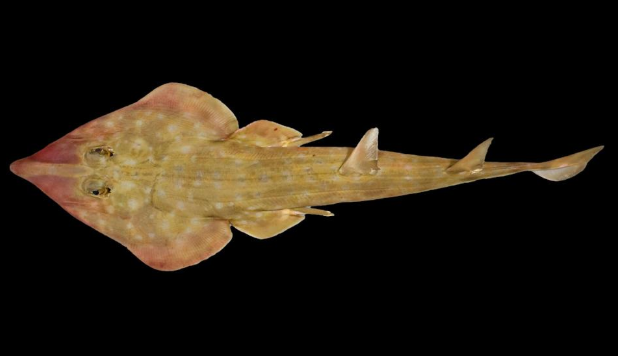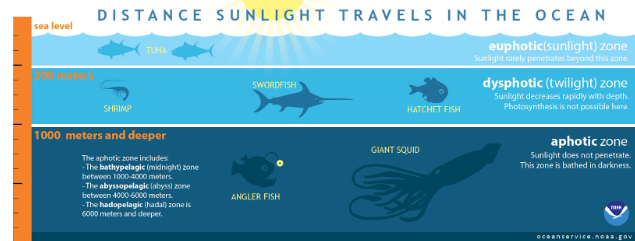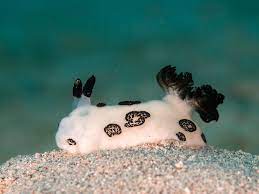Sea Bunnies, also known as sea slugs, were discovered in the mid-1900s. These adorable, yet dangerous, creatures remain a relative mystery in 2023.
Sea bunnies were popular throughout 2015 in Japan for their cute bunny appearance, but what most people don’t know is that they are very toxic towards humans. These bunnies are able to absorb all the toxins from their prey and algae – sea slugs or sea bunnies use the toxins as their own weapon and can also steal stingers from jellyfish and use them against predators. Sea slugs are very dangerous tiny creatures, and they are carnivores who eat other sea slugs or sea snails.
Sea bunnies are unique in their own way, they have no brain and no eyes, but they do have other organs that help them survive. A way they navigate is by their ‘fur’ which is actually called caryophyllidae. The caryophyllidaeis a bundle of small tubes that are very sensitive and will tell the sea bunnies where or where not to go. Another way they navigate is by “sniffing” their surroundings. Since sea bunnies do not have noses, instead they have a sensory organ which is called ‘rhinophores’. The rhinophores are located on top of their heads which makes them look like a bunny. Rhinophores help sea slugs smell and taste what’s around them, Sea bunnies also breathe through their tail, which is actually gills on their backside. Sea Bunnies have a special organ called ‘radula’ that allows them to scrape off any algae on different types of ocean surfaces.
Since these little guys do not have a hard shell to protect them, they cannot hide or camouflage in other places, but sea bunnies are smart enough to find a way for them to get food and protection. Sea slugs grow about 2.5 cm which would be about an inch. As tiny as they are, other sea creatures don’t dare to eat them or come close to them, since sea slugs are very toxic to everyone. Sea bunnies’ lifespan can be short since they can only live up to a couple of months up to a year, because of their short lives sea bunnies spend their time isolating themselves and mate with others.
Sea bunnies still have both female and male reproductive organs so they are able to reproduce. When two sea bunnies have mated the female will lay shells and, after creaking open from their shell, the sea bunny will swim around as larvae and will go anywhere to find a place to call home. Most baby sea bunnies free-swim around and the parents depart from their offspring and from each other. The male sea bunnies go off to find another mate to reproduce again. This will lead to most sea bunnies being siblings from the same father but different mothers.
“I think they sound like interesting creatures and it would be cool to see one, but safely, because they sound dangerous,” Makalya Penner, freshman, said.







































